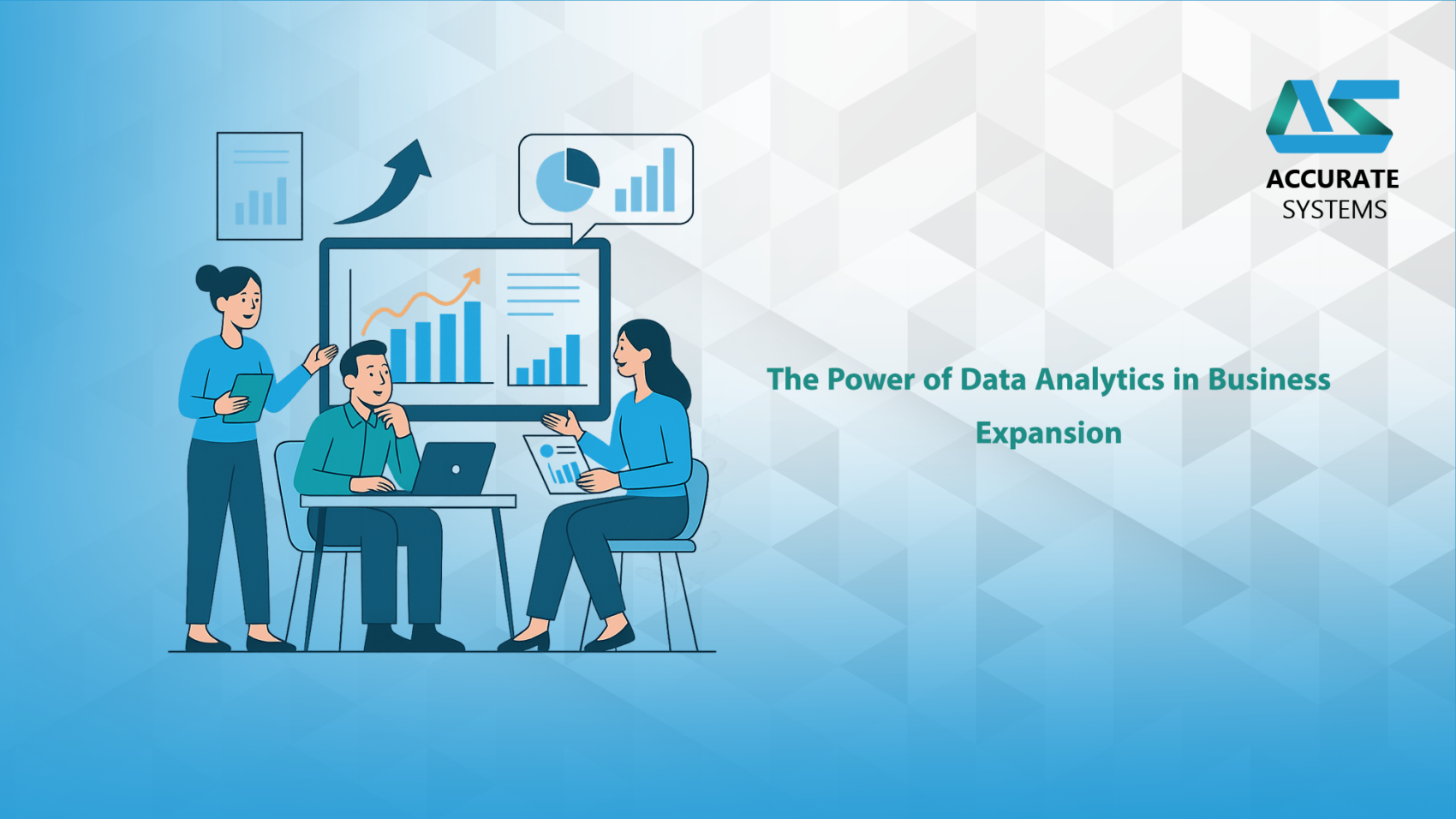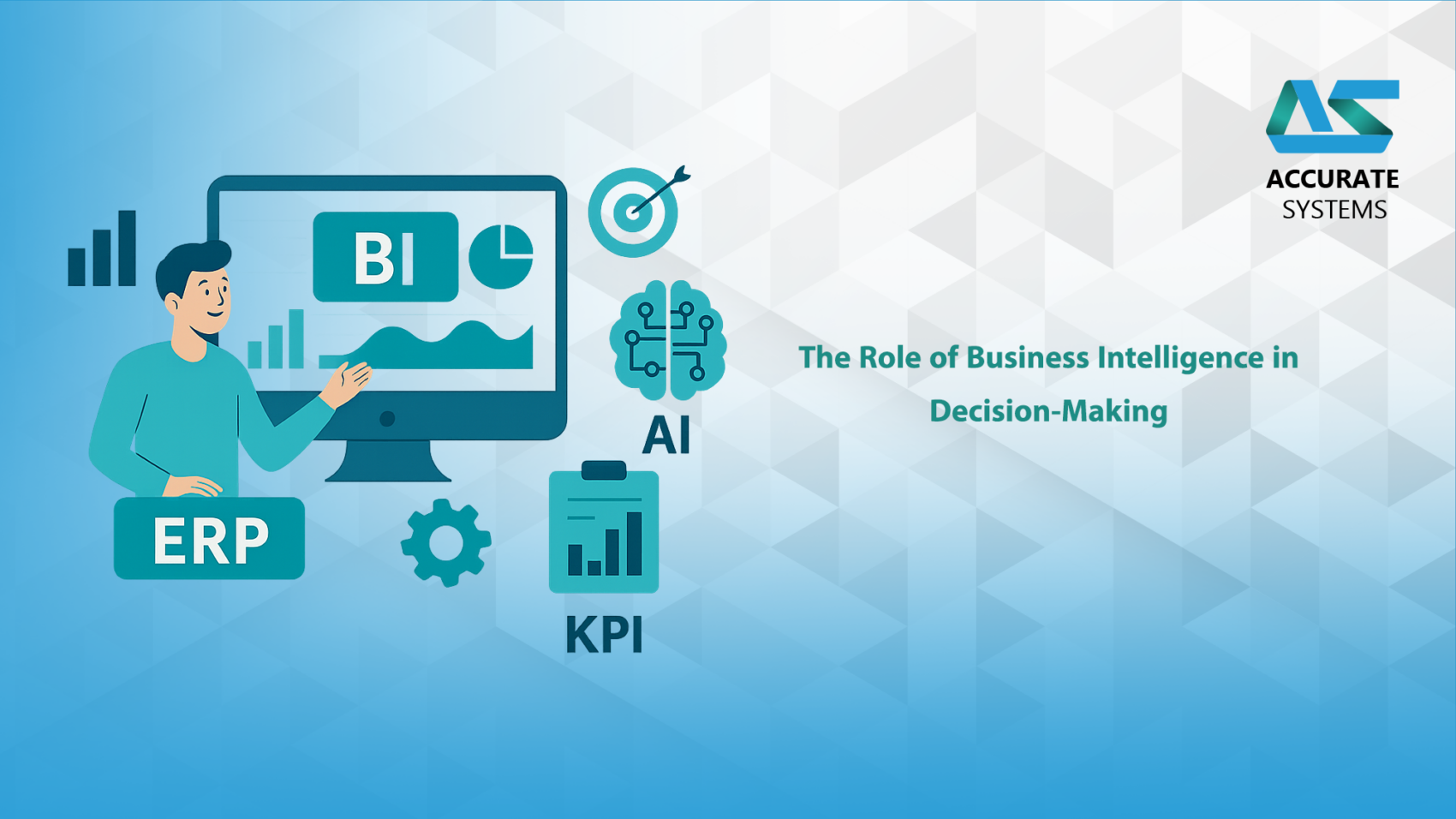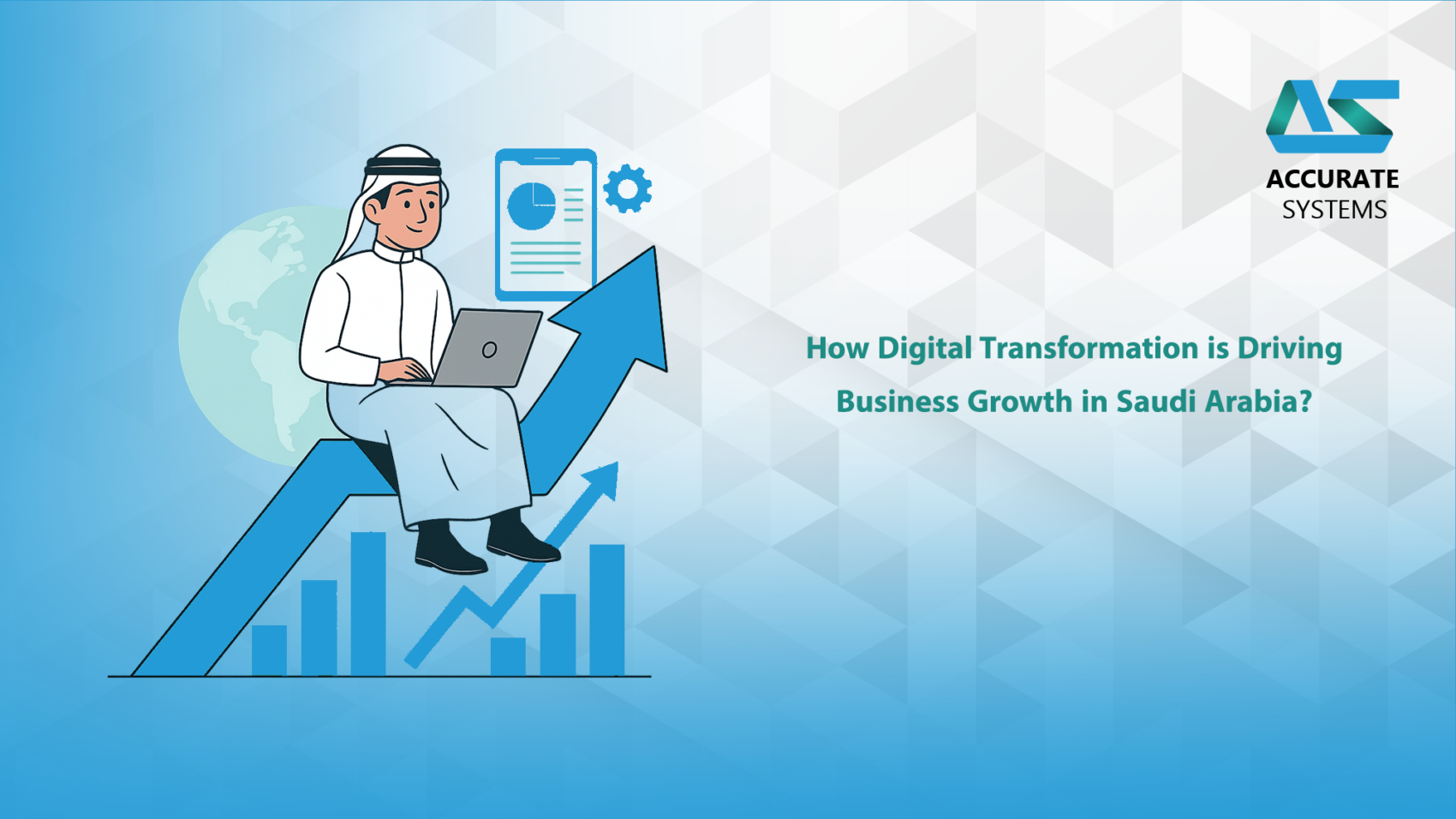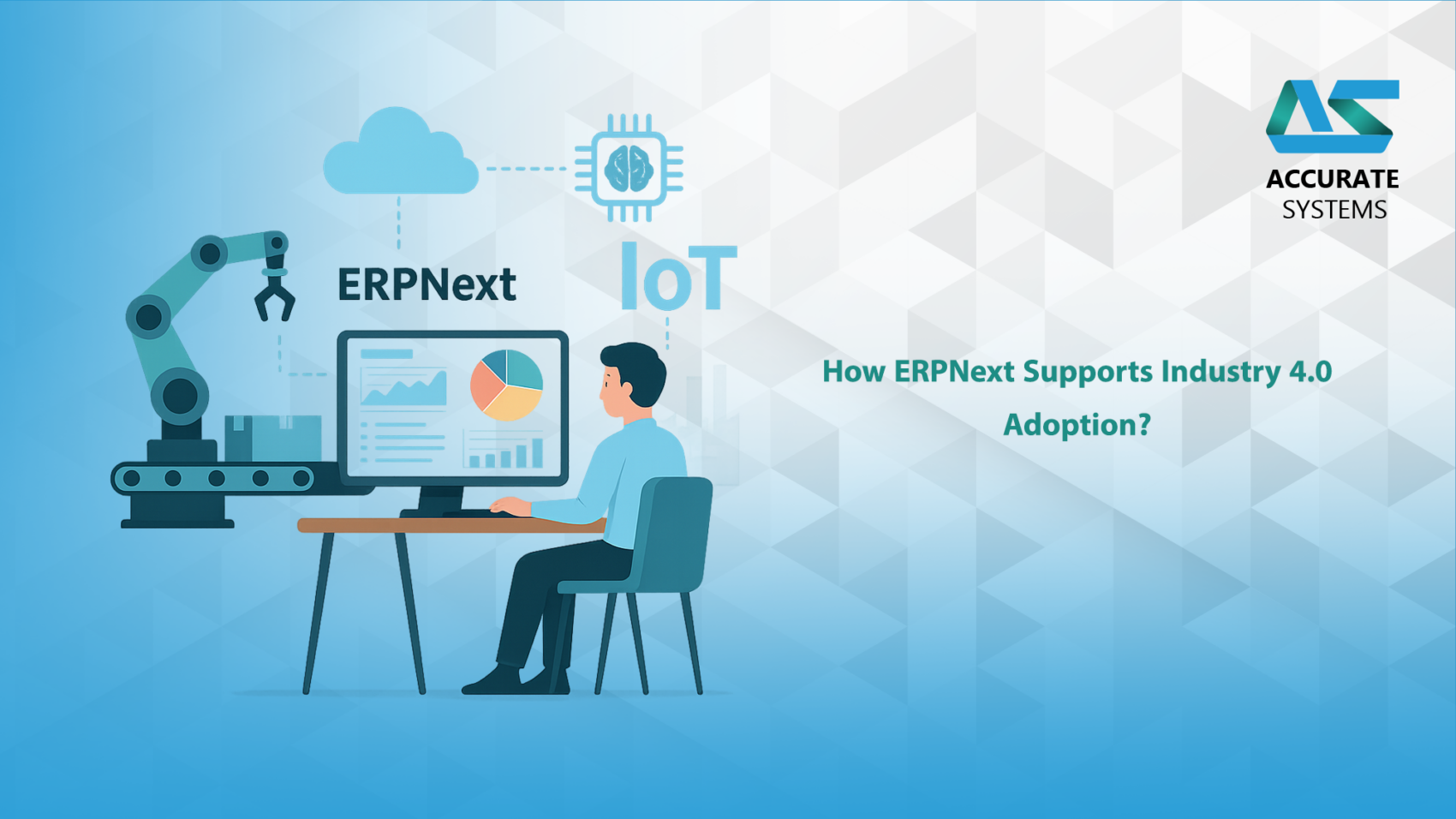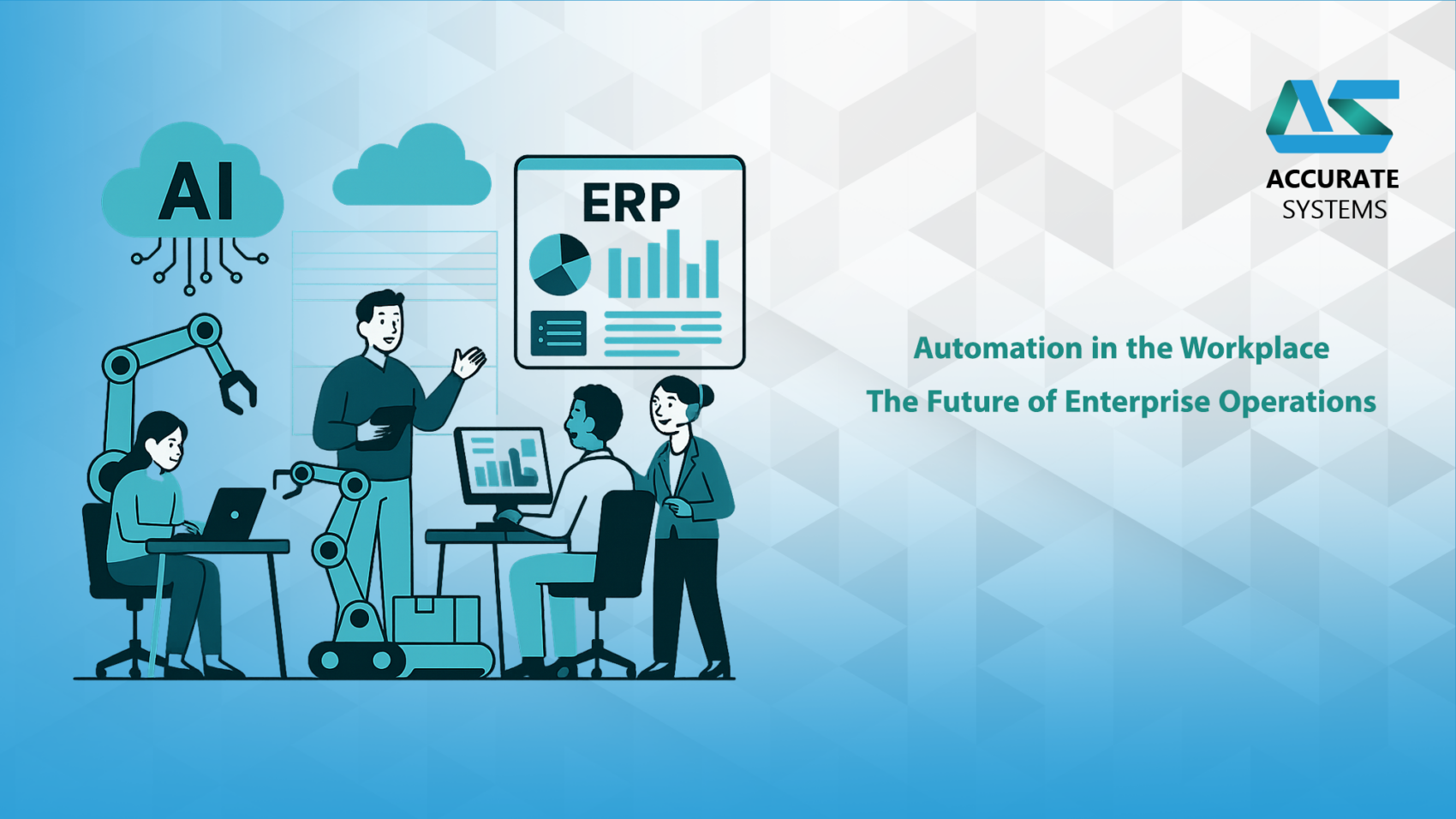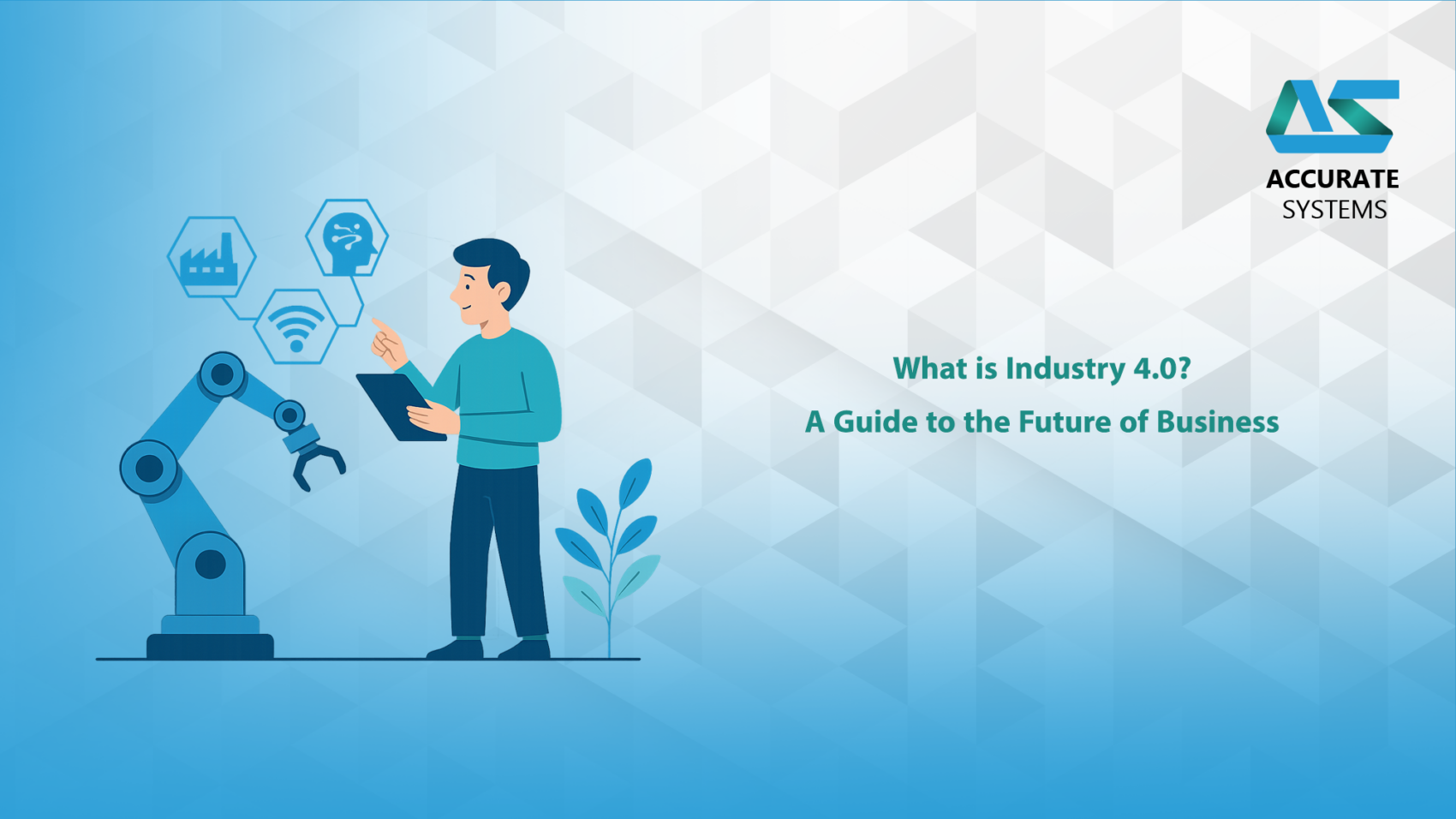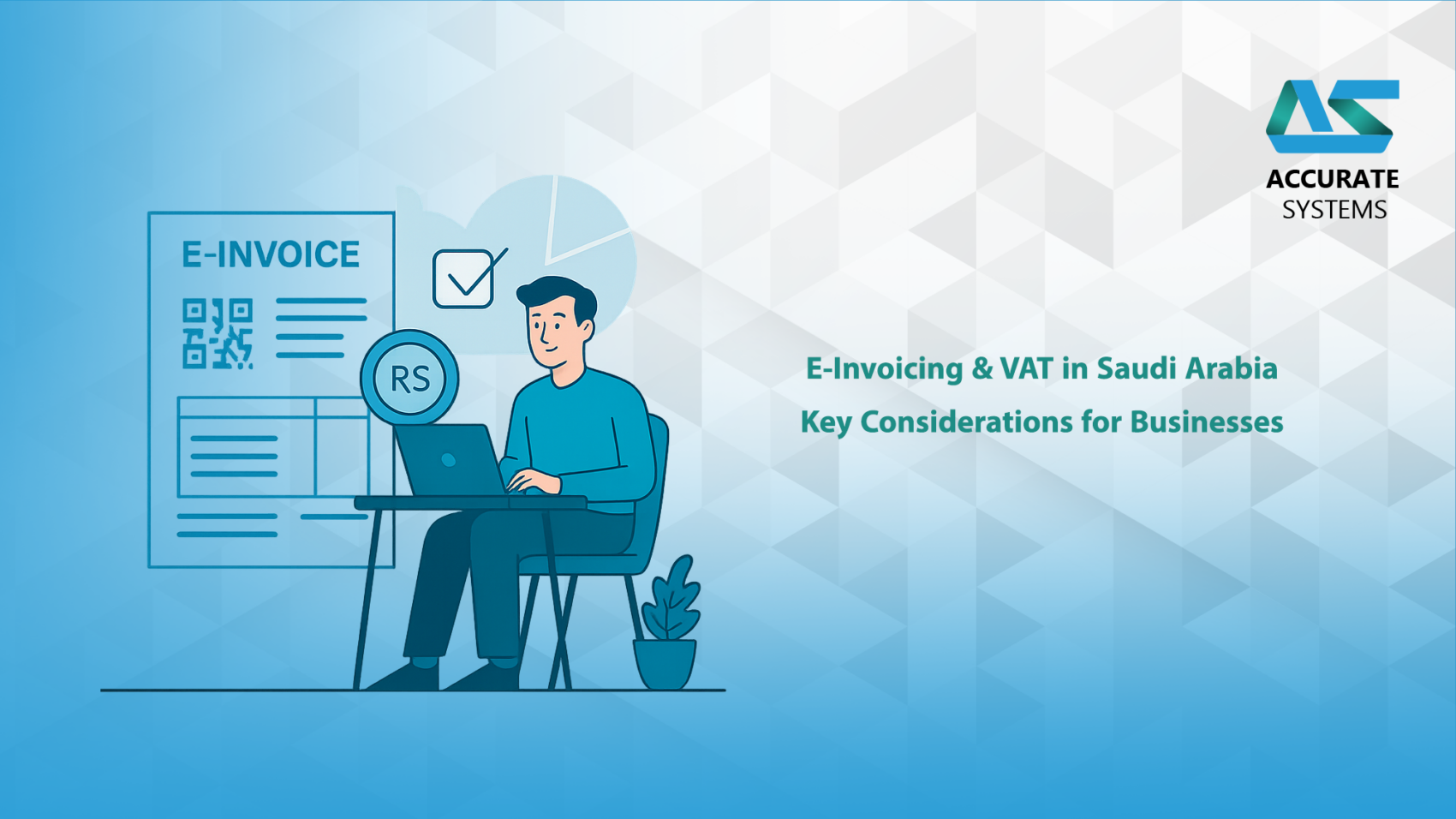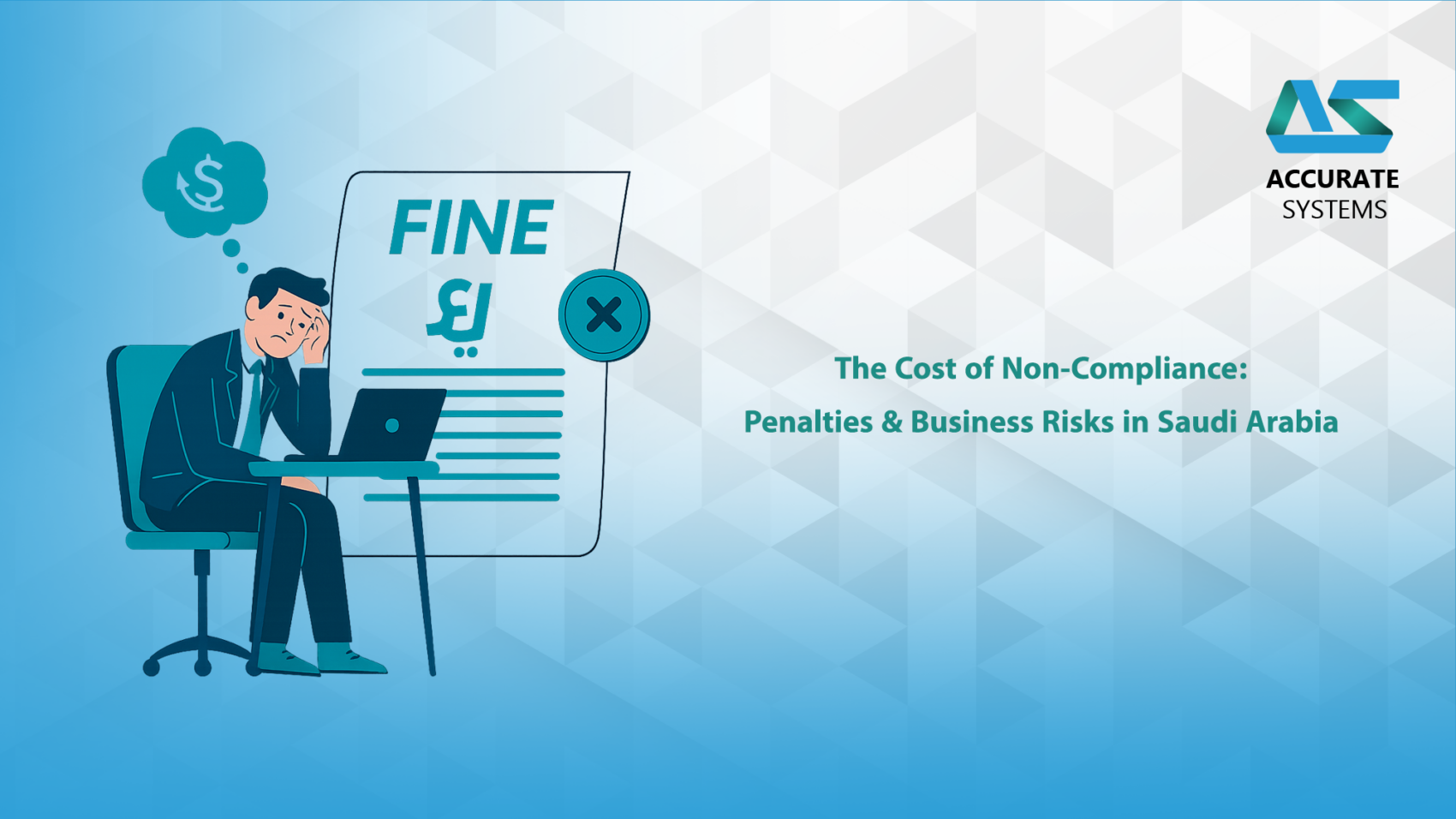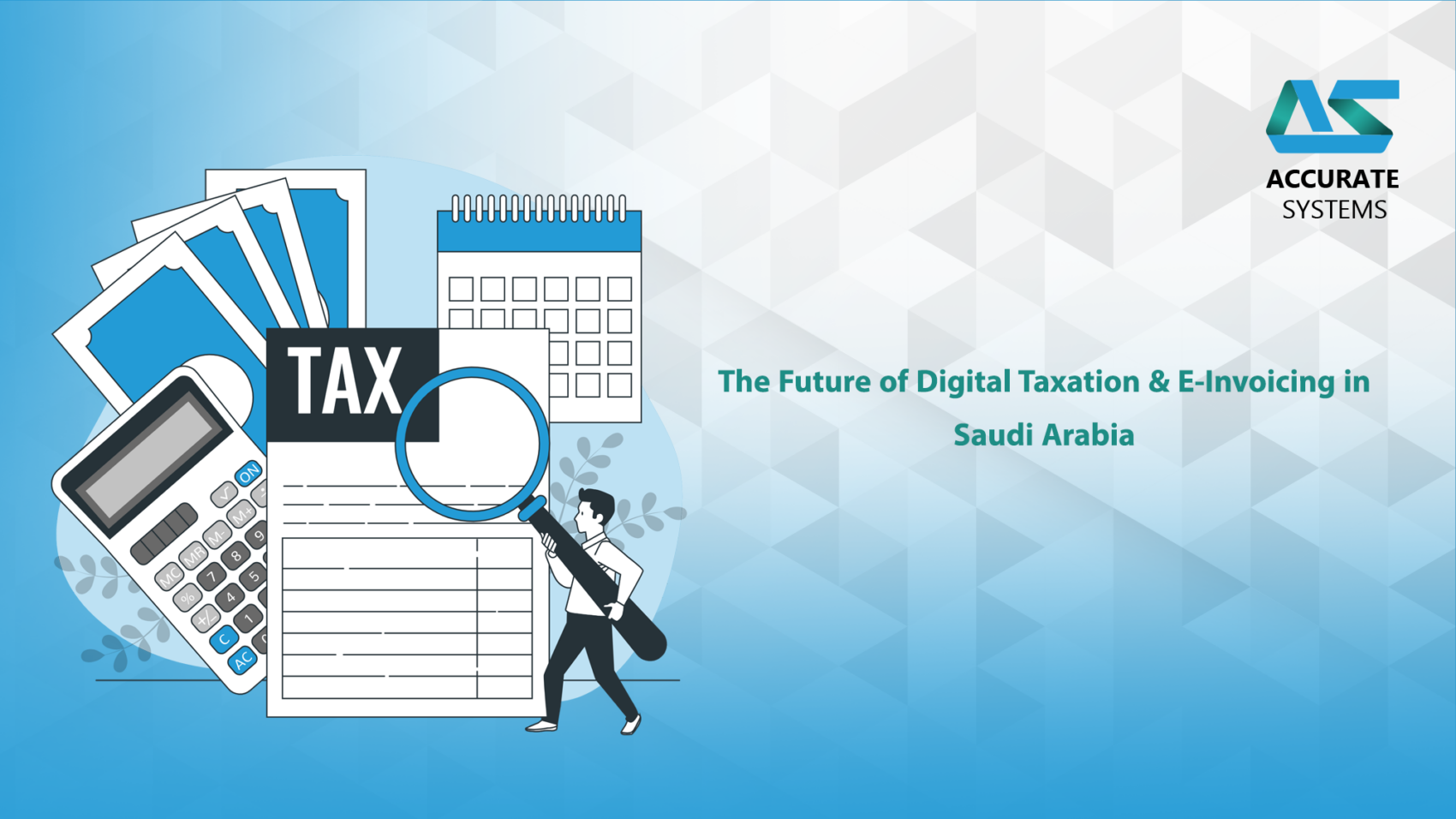What Is Data Analytics in Business?
Data analytics refers to the process of collecting, processing, and analyzing business data to uncover patterns, generate insights, and support decision-making. In a highly competitive marketplace, businesses in Saudi Arabia and beyond are turning to data analytics to identify growth opportunities, improve efficiency, and gain a competitive edge.
When aligned with business goals, data analytics becomes a powerful tool for guiding expansion—whether entering new markets, optimizing product offerings, or enhancing customer experiences. With the rise of cloud computing, AI, and ERP systems like ERPNext, organizations can now leverage analytics in real-time to make smarter, faster, and more strategic decisions.
Types of Business Analytics That Drive Growth
Understanding the core types of analytics helps businesses apply the right strategies for expansion:
✅ Descriptive Analytics
Summarizes historical data to reveal what has happened. Common tools include reports, dashboards, and KPIs.
✅ Diagnostic Analytics
Explores why something happened by identifying correlations and root causes in business performance.
✅ Predictive Analytics
Uses AI and machine learning to forecast trends and anticipate outcomes such as sales volume, customer churn, or demand shifts.
✅ Prescriptive Analytics
Provides actionable recommendations based on predictive models, helping businesses make optimized, data-driven decisions.
How Data Analytics Supports Smarter Decision-Making
Effective use of analytics enhances business decisions by:
- 📊 Providing real-time performance monitoring with customizable dashboards
- 🔍 Uncovering trends in customer behavior, sales cycles, and product performance
- ⚙️ Optimizing operations to reduce waste, cut costs, and improve efficiency
- 🧠 Improving forecasting accuracy to plan for demand and resource allocation
- 💡 Empowering leadership with evidence-based strategies for market expansion
ERPNext: A Powerful Engine for Data-Driven Business Expansion
ERPNext is a fully integrated, open-source ERP platform that enables businesses to centralize and analyze data across all departments—finance, sales, HR, inventory, and manufacturing.
How ERPNext Powers Data Analytics:
- Real-time dashboards for monitoring KPIs across the enterprise
- Automated reports on revenue, profitability, inventory levels, and workforce performance
- Data integration with tools like Metabase, Power BI, and Google Data Studio
- End-to-end visibility into operations and customer interactions
- Custom filters and queries for in-depth analytics without technical barriers
ERPNext makes it easy for small and mid-sized enterprises (SMEs) to adopt a data-driven approach without the complexity or cost of traditional BI systems.
Real-World Examples: How Businesses Use Analytics to Expand
🛍️ Retail Chain Expansion
A multi-location retail business used ERPNext to track regional buying trends. Based on data-driven insights, they optimized inventory and opened three new stores in high-demand areas.
🚚 Logistics Optimization
A supply chain company analyzed route efficiency and delivery times. The result: 20% faster delivery and successful market entry into two new regions.
💻 SaaS Product Growth
A software startup integrated ERPNext with Metabase to monitor user engagement and revenue. Insights led to new feature development and a 2x increase in monthly active users.
🏭 Manufacturing Scalability
A factory used IoT data and ERP analytics to predict machine failures and reduce downtime, increasing output and enabling international exports.
Conclusion: Why Data Analytics Is Essential for Growth
Data analytics transforms business strategy from reactive to proactive. Organizations that invest in descriptive, predictive, and prescriptive analytics can identify new markets, improve customer satisfaction, and scale operations with confidence.
With tools like ERPNext, businesses gain full visibility into performance and the ability to act on insights in real time. In the era of digital transformation, data is not just a resource—it’s a roadmap to sustainable growth.
#DataAnalytics #BusinessGrowth #ERPNext #PredictiveAnalytics #BusinessIntelligence #DigitalTransformation #SmartDecisions #AI #SME #BusinessExpansion


